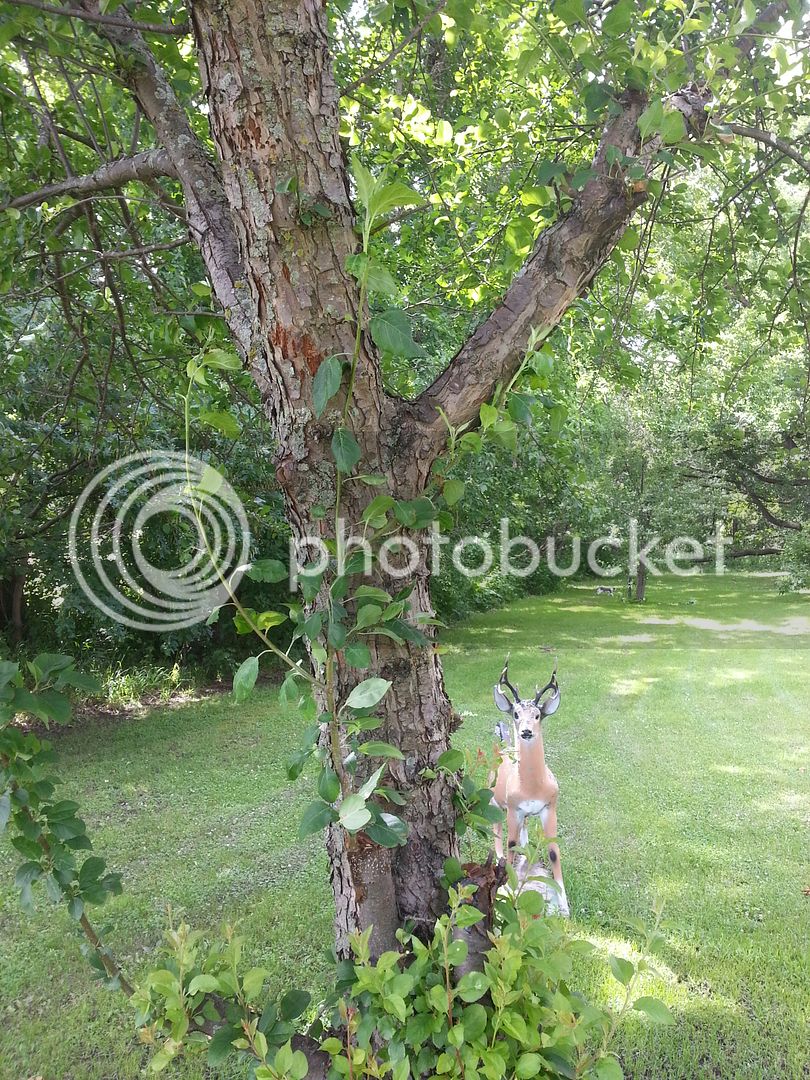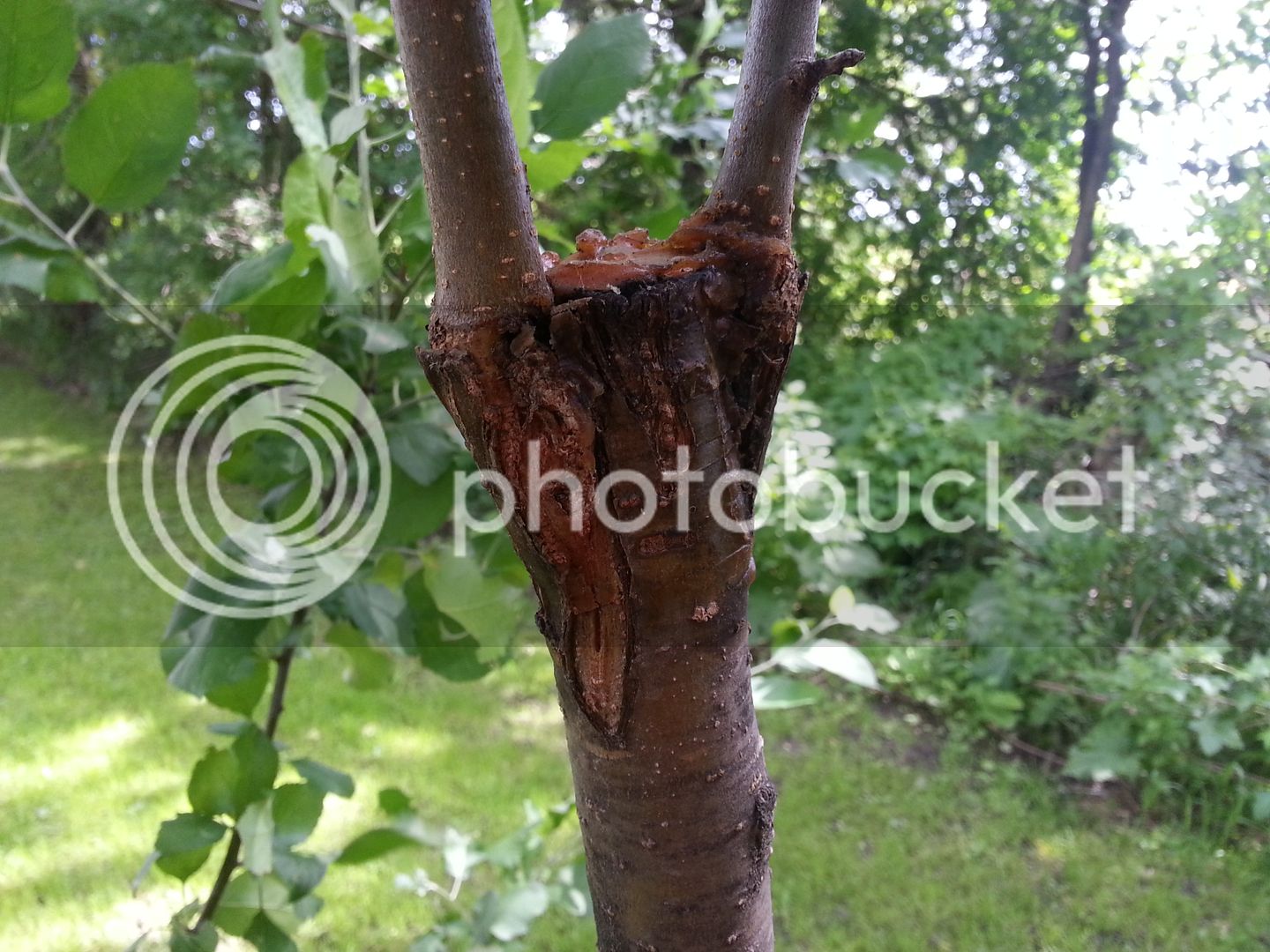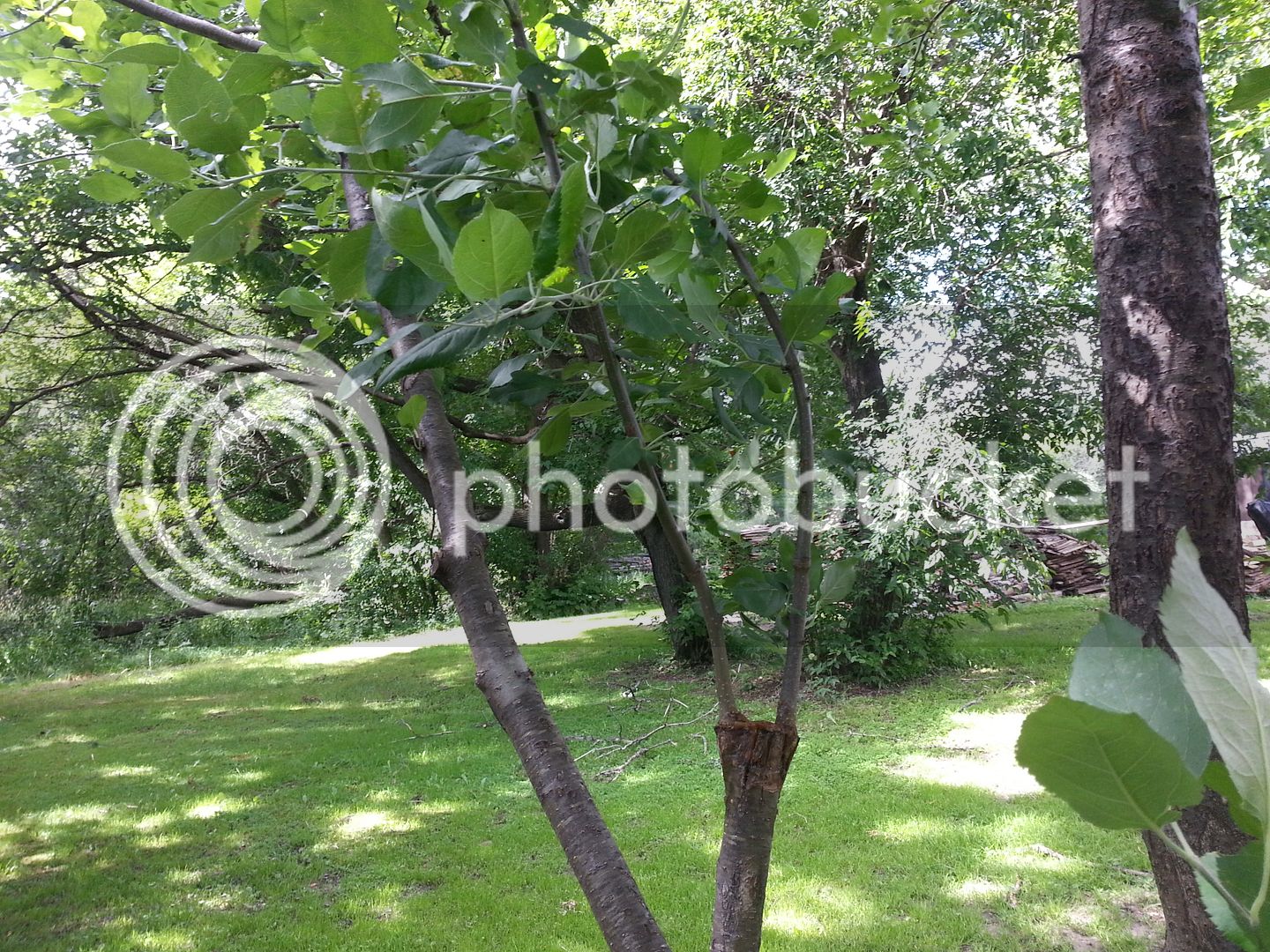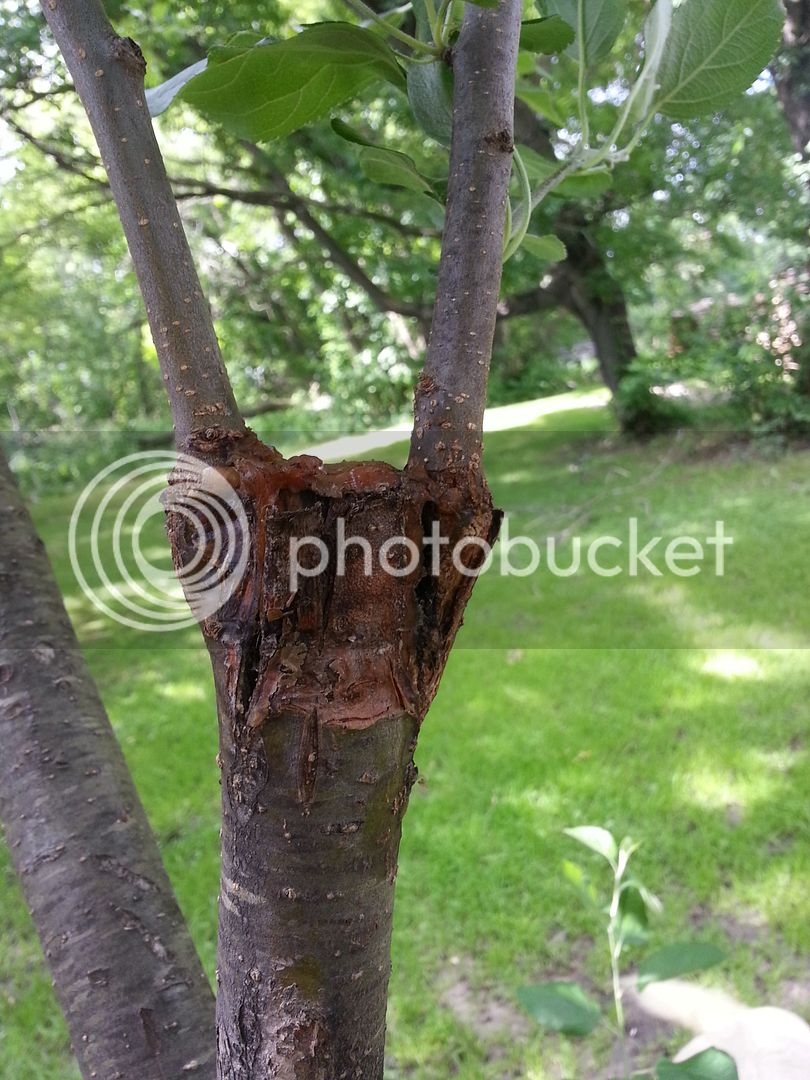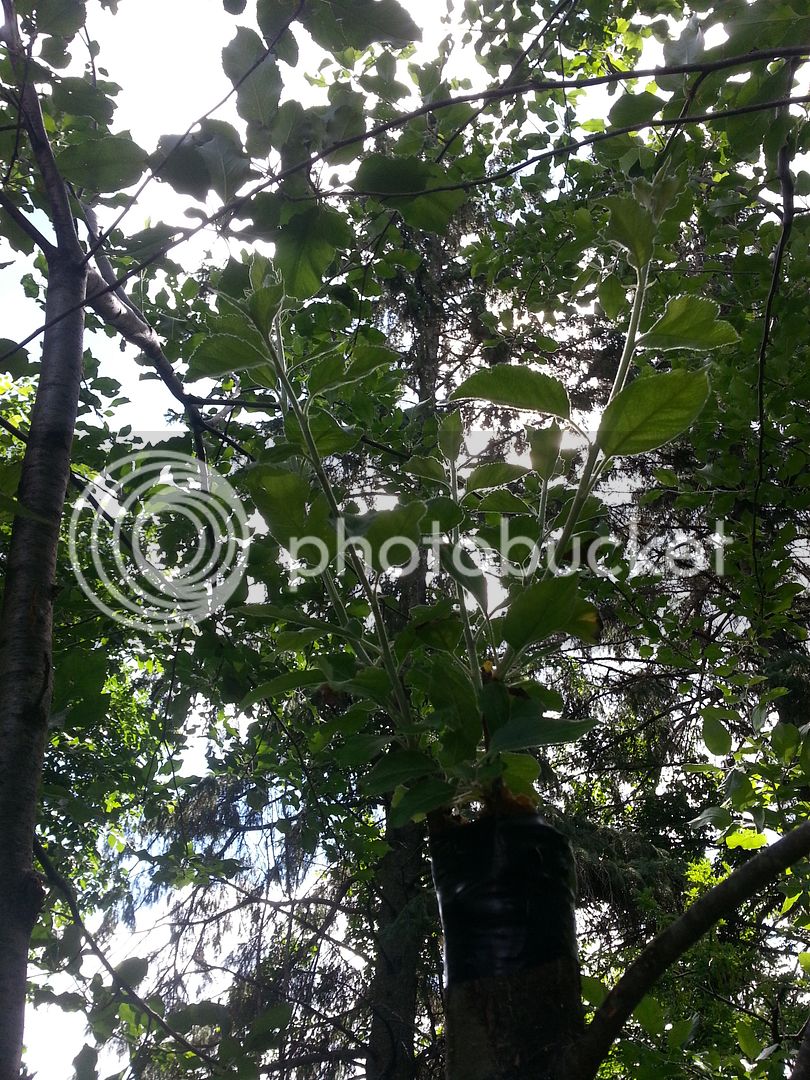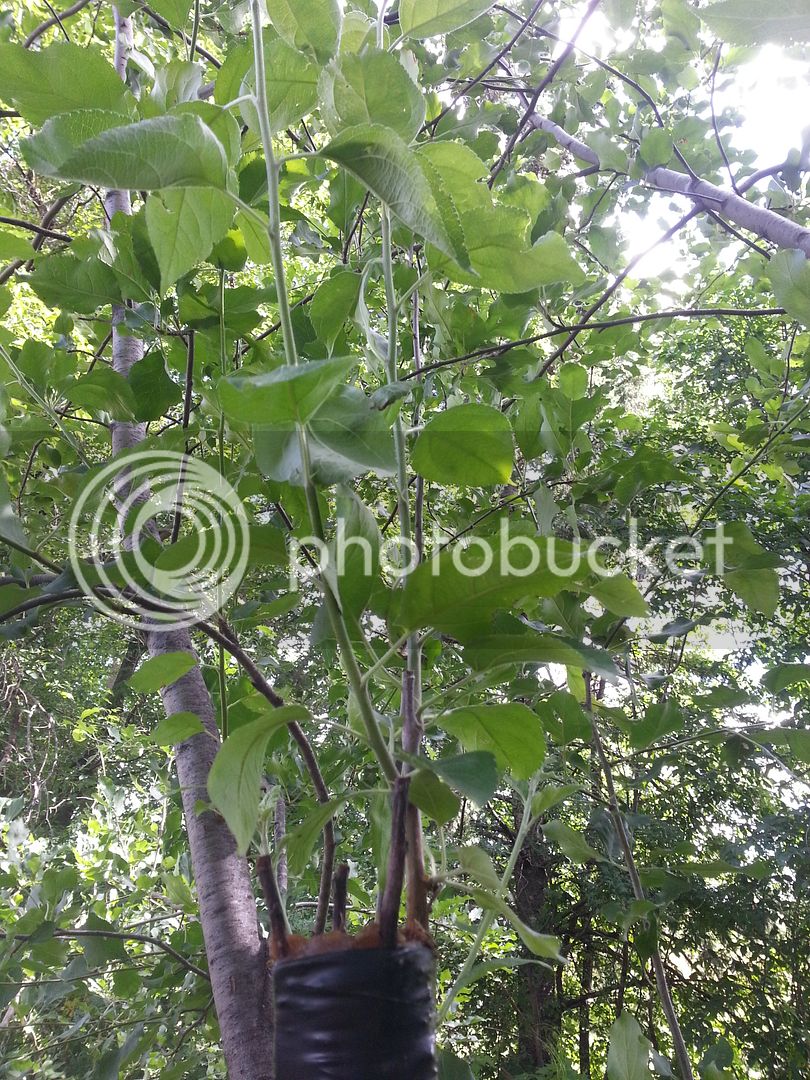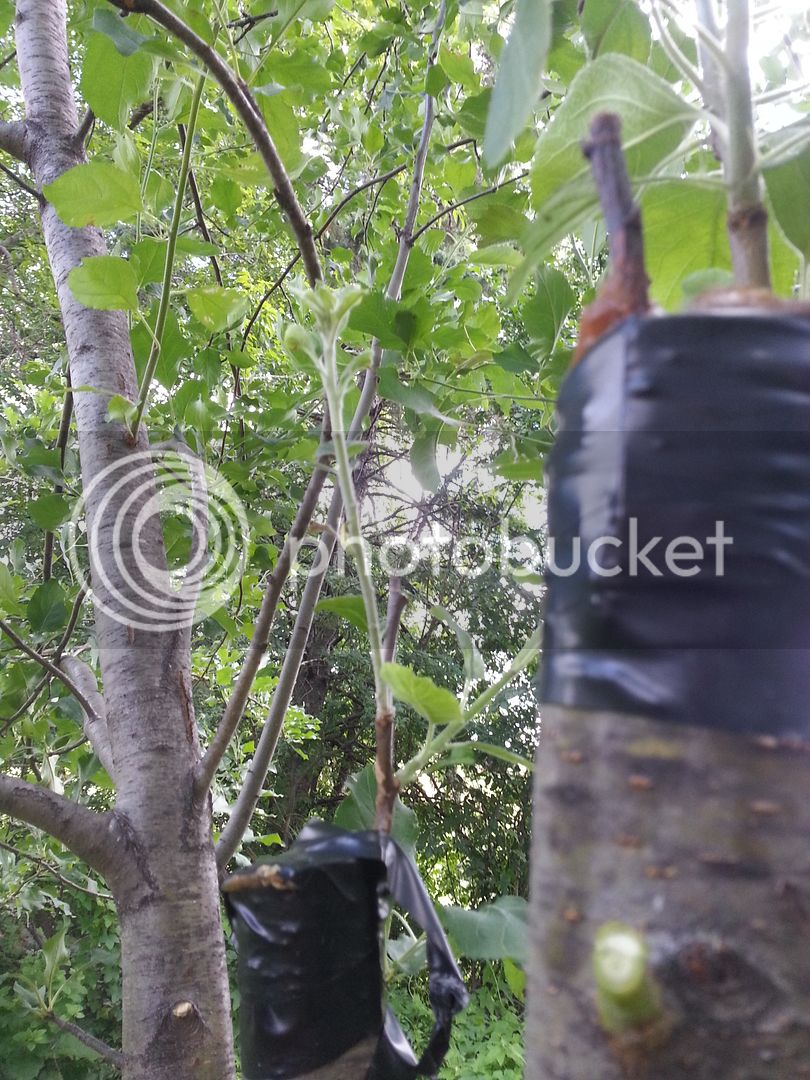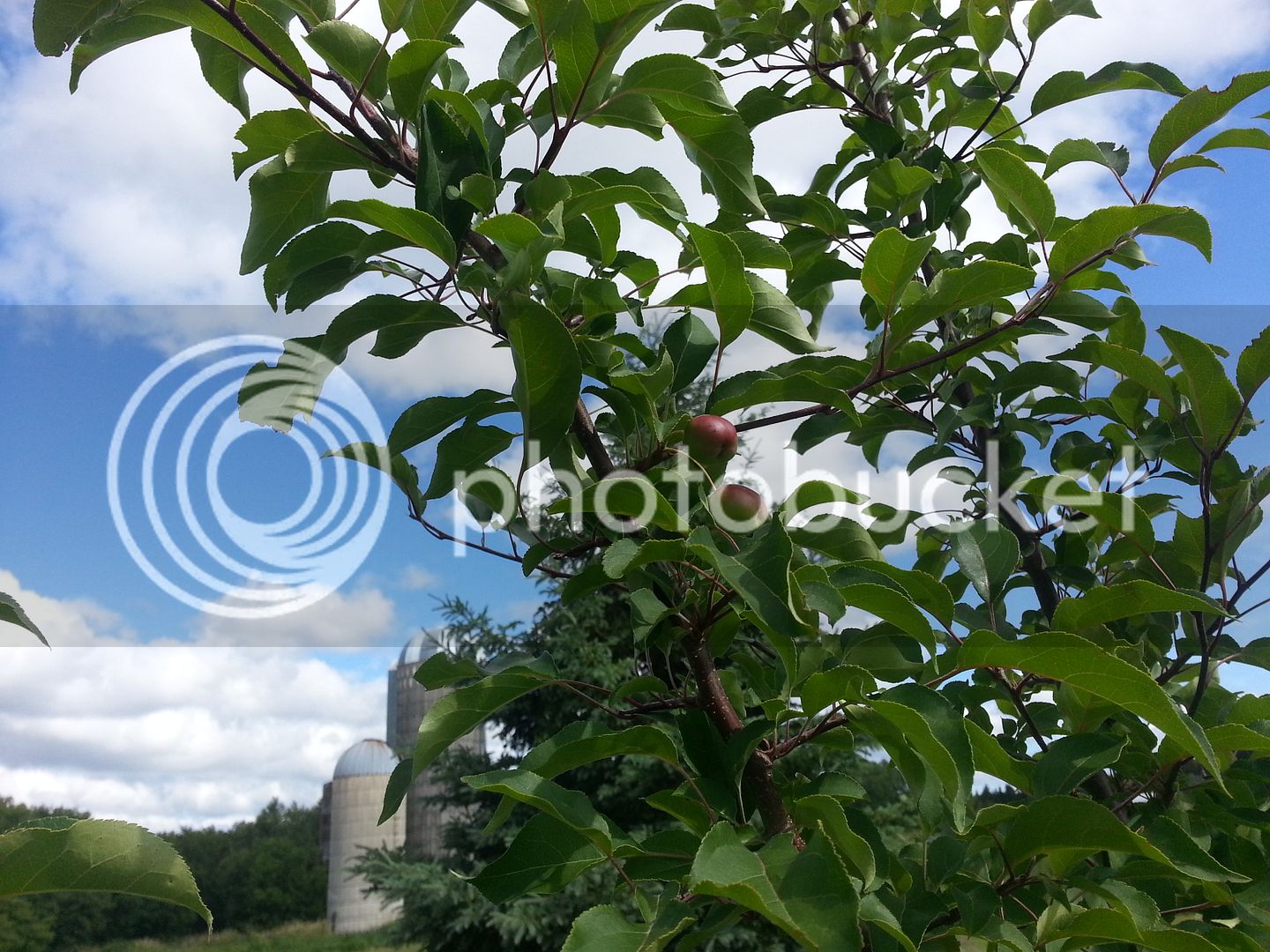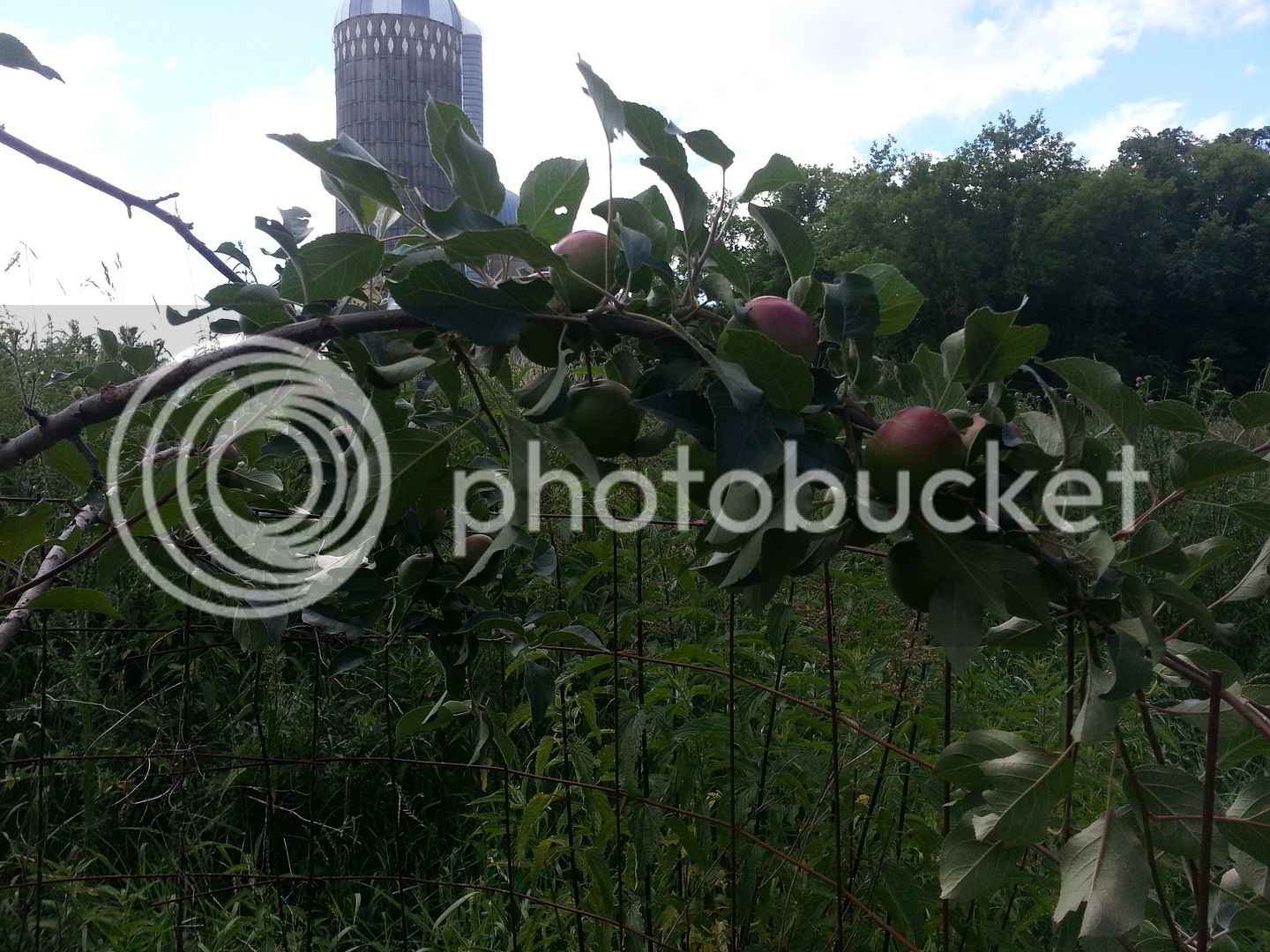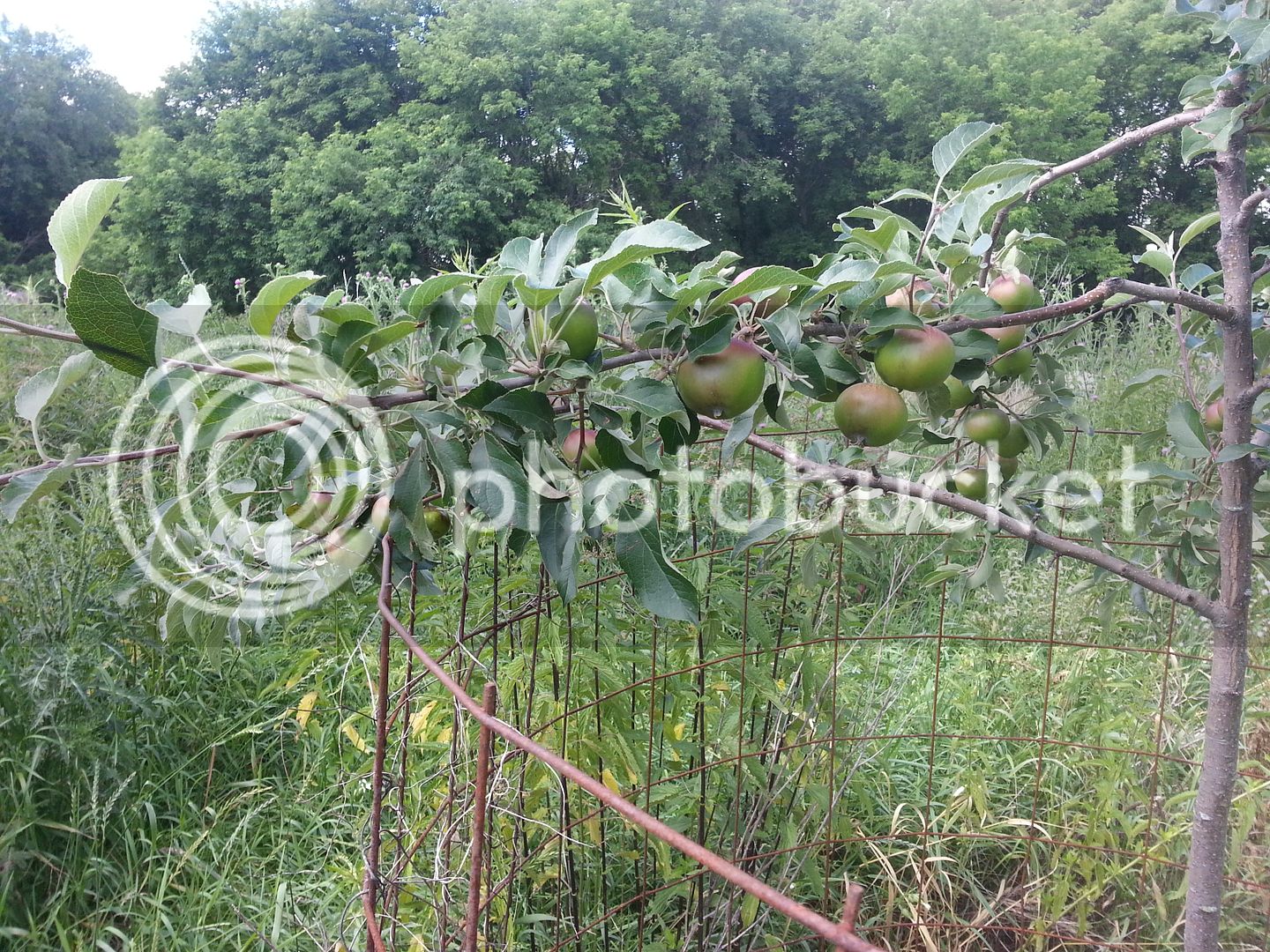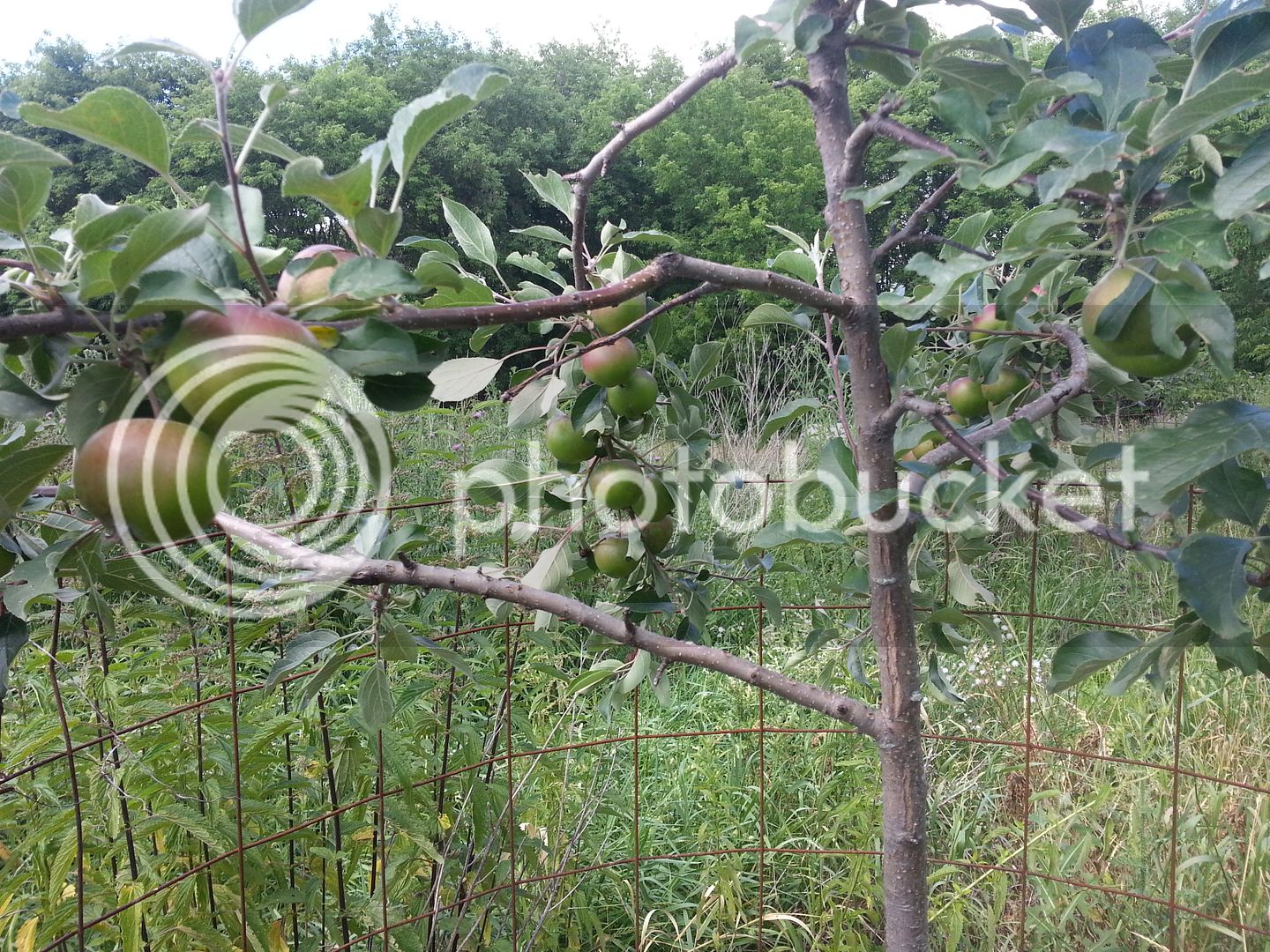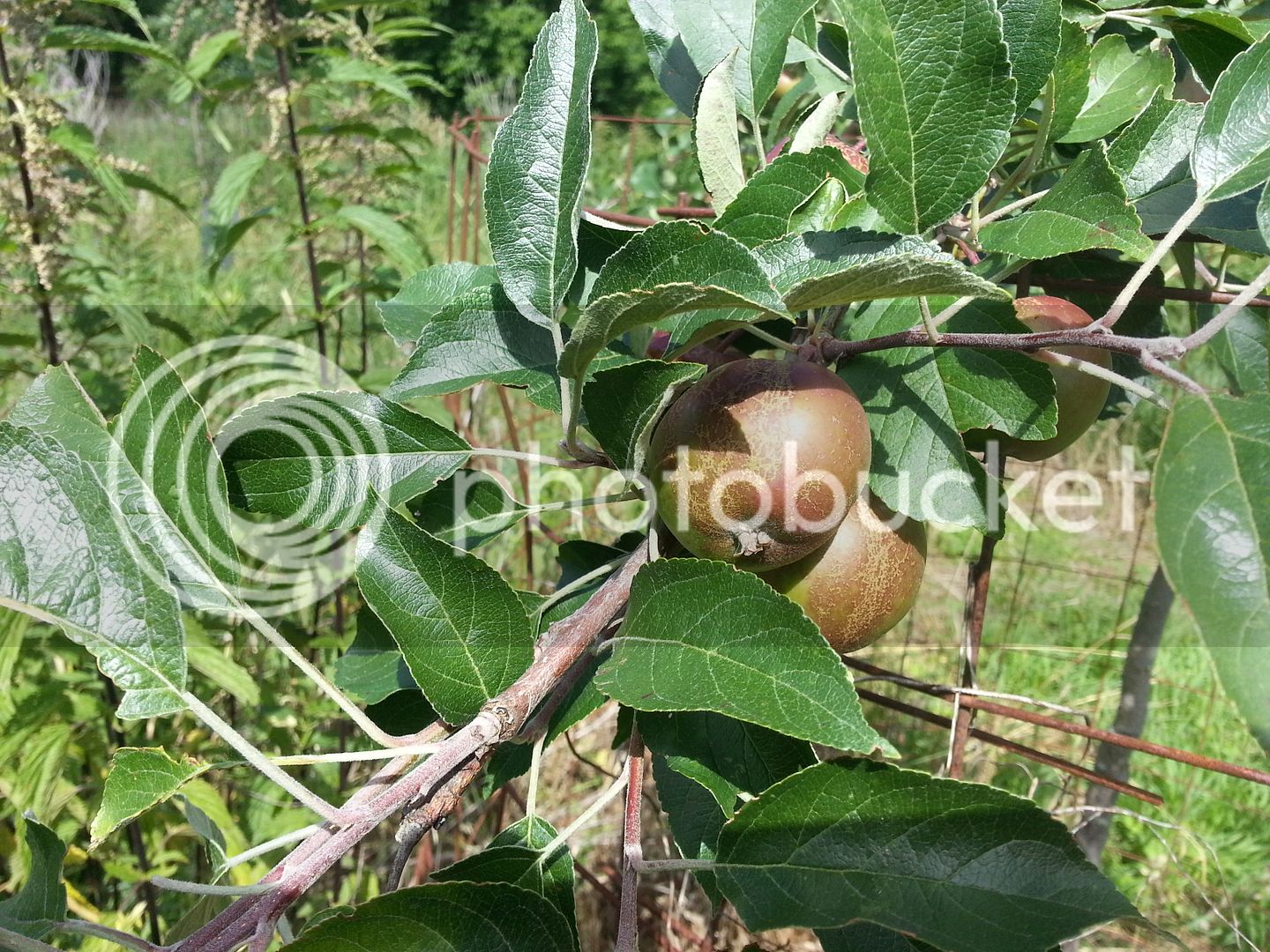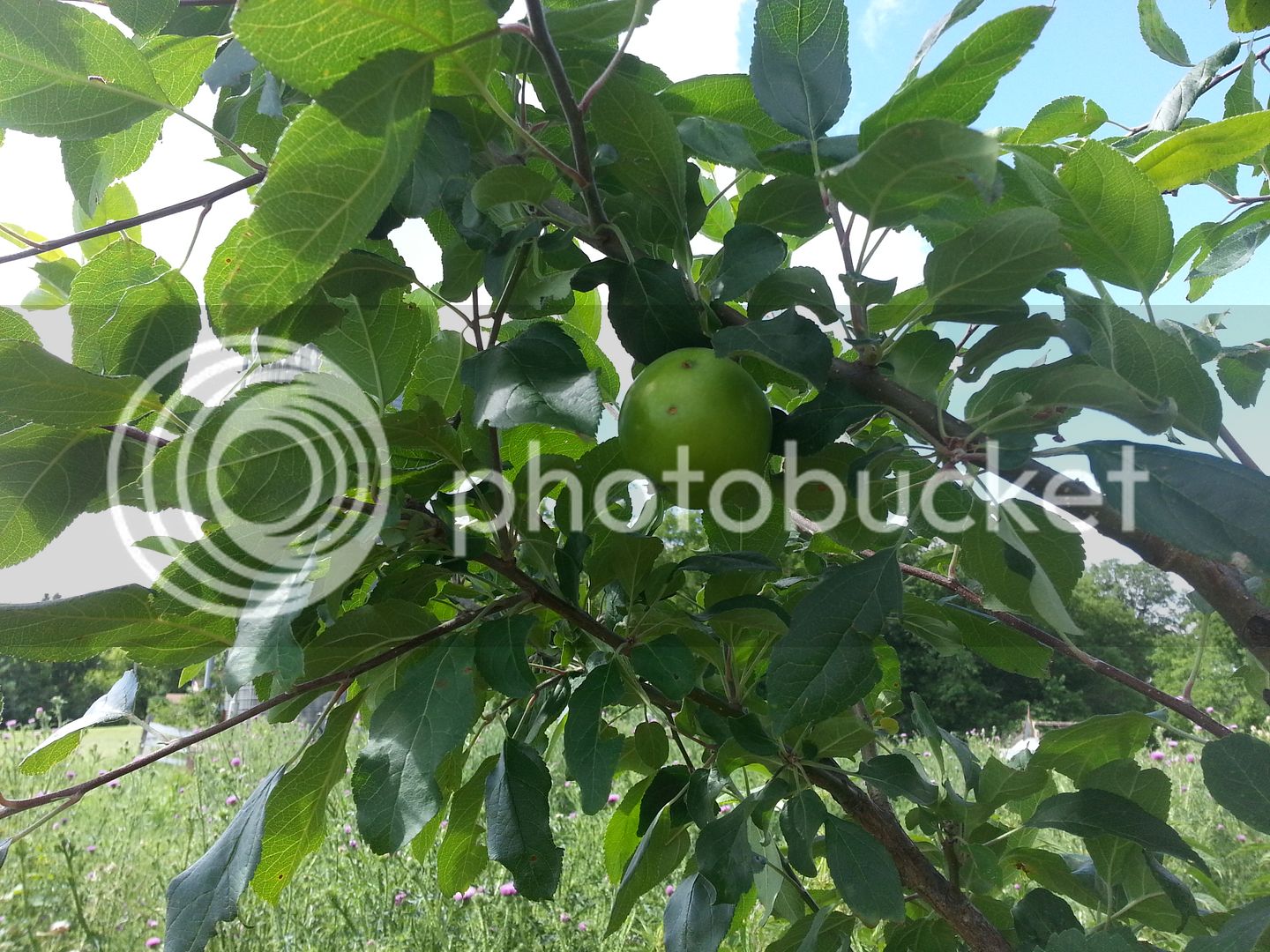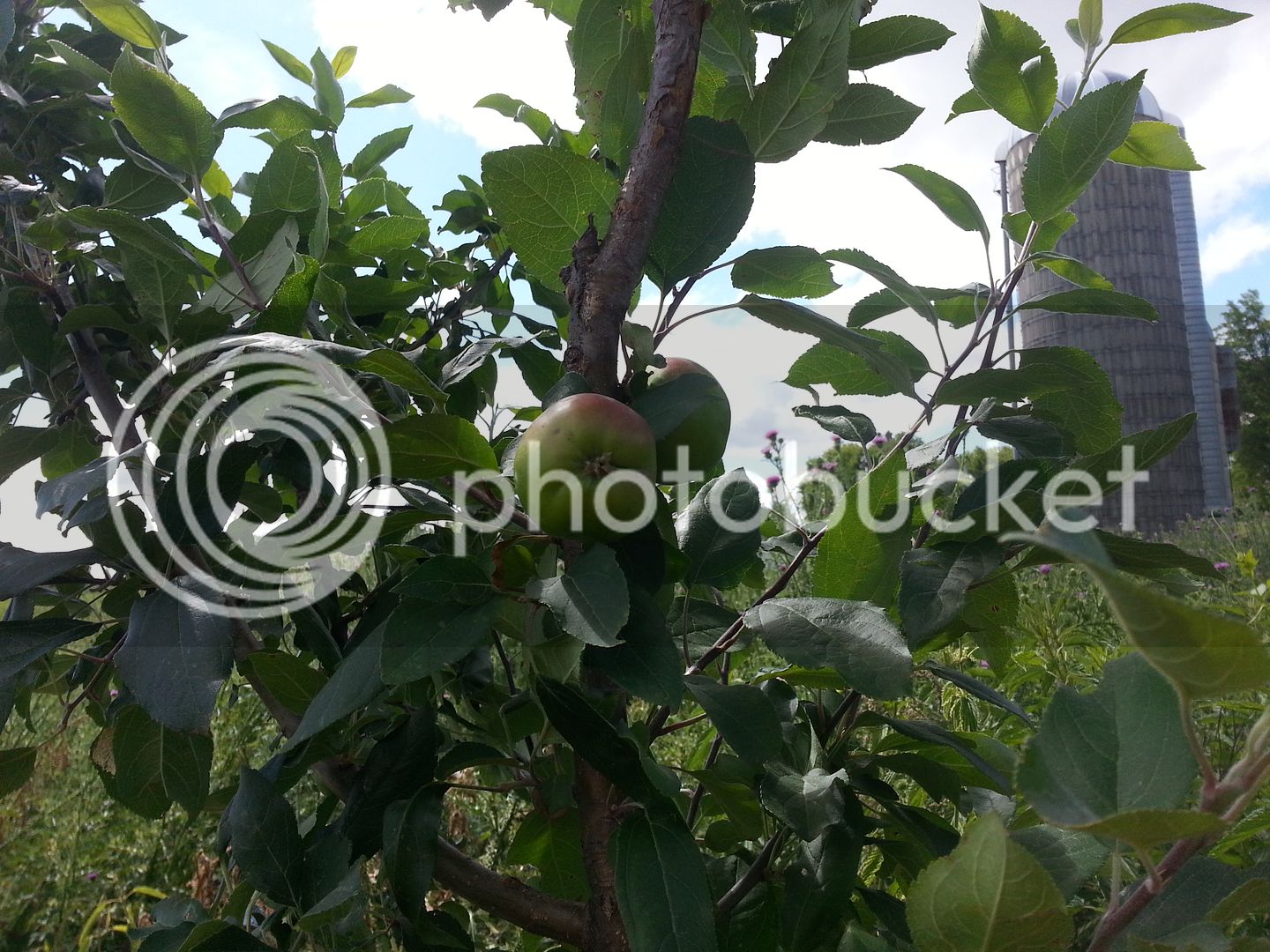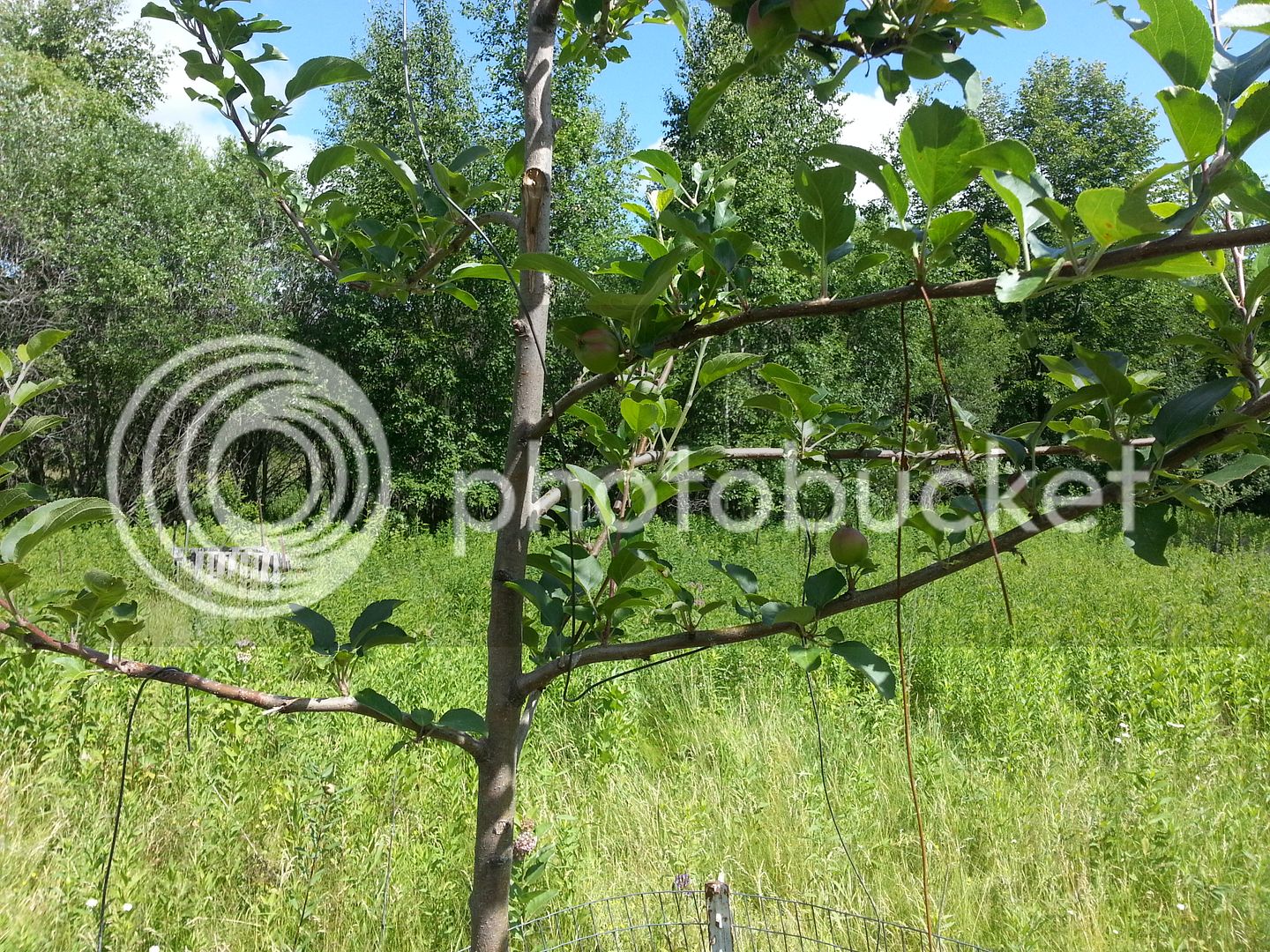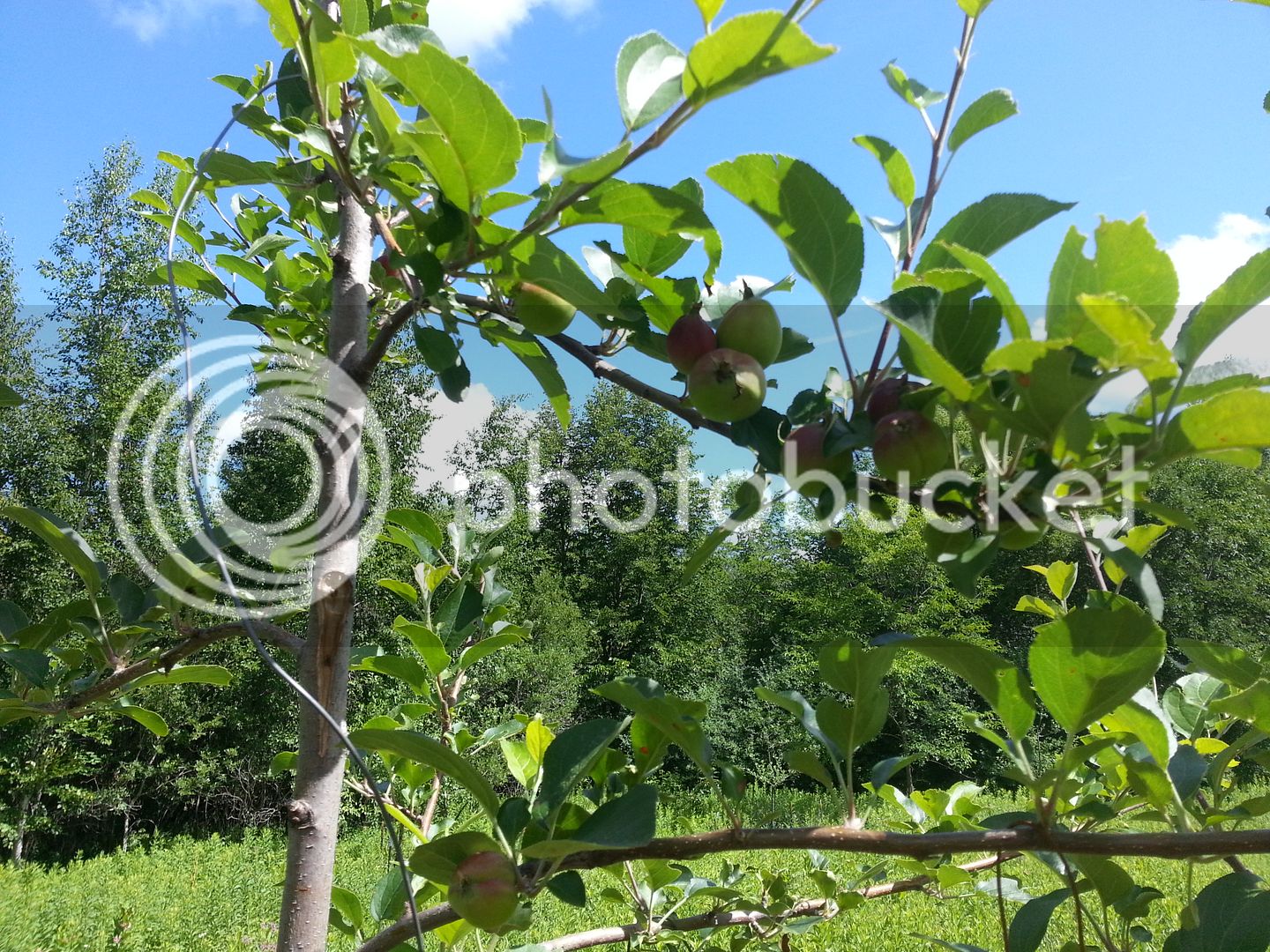leex, once you taste the Chestnut crab apples, they absolutely WILL be your favorite apples. These little guys are absolutely addicting. Sadly, the Chestnut crab is a rather low vigor tree which means you need to have quite a few of them so has to have a lot of Chestnut apples in the fall. With a high vigor tree, such may not be the case and one of those will provide more than enough fruit to keep you happy. My 60 foot lateral spread astrachan is an example of a very high vigor tree. Even a whole herd of Bambis can't eat all the apples from that tree. They sell well also. People like them; deer like them and the tree puts out enough to satisfy everyone's needs. Not so with the Chestnut. There is never enough of them on any one tree. I have four of them but only one is old enough to fruit. I am hoping to graft a few next spring onto my PA apple seedlings.
Chestnut is one of Malida's (many) offspring released in 1946. They believe it is Malinda x crab. Honeycrisp is another Malinda descendant. The "father" of Honeycrisp is unknown and has been long discarded. Regarding the Chestnut crab, one of the big apple magnates of UM, Dr. Luby, has been working on the Chestnut apple for years. I have actually corresponded with him. He has not been able to replicate that unique nutty flavor not withstanding efforts in that direction. It seems to have come from the unknown and long-gone crab and can't be replicated - at least not thus far. Malinda, the "mother" of Chestnut, produces very dull and dry tasting apples, however, Malinda has thrown out more winners than any other apple. Malinda's genes permeate UM's entire line of winners in one form or another. BTW, Honeycrisp, which went off patent a few years ago made literally millions for UM is the grandchild of Malinda. Honeycrisp is UM biggest all-time money maker ever. They made millions on that apple - no doubt they were sad to see that patent expire. Here is the irony of it all.
Honeycrisp was marked for the trash heap during the early trials. The six trees original trees in the test plot were marked with orange tape which means the wrecking crew would be taking them out shortly and trashing the trees. One of their head apple evaluators was walking through one day and he happen to notice that the six trees had survived in a location on the test grounds where virtually no other apple made it through that particularly harsh winter. They were to be axed because they came through the winter in very poor shape but they survived where no other apple did so. Accordingly, he removed the orange tape (he had the authority to do so) which meant the trees were going to have a second chance .................and the rest is history. They had not yet fruited when they got the orange tape. Subsequent DNA testing on this tree, revealed that the propagators had mislabeled the parents when they made the original cross back in 1963. These trees (Macoun and Honeygold) were not either of Honeycrisps two parents (which should have been obvious enough to anyone who ever saw or tasted the apple; it is not at all like either of those two apples). So much for competent help.
Rather, DNA testing revealed that the "mother" tree was Keepsake (which apple the Honeycrisp greatly resembles) and the "father" was some unknown apple whose DNA was to be found nowhere in their orchards. The "father" apple had been long since discarded from the orchards. Malinda? Well, it seems that good ole reliable Malinda was Honeycrisp's "maternal" grandparent via Malinda x Northern Spy whlch cross had produced Keepsake. Honeycrisp inherited Keepsake's long storage quality. That makes their former best seller, Haralson, the half-cousin of Honeycrisp. It also means that the Chestnut crab is yet another half-cousin of Honeycrisp since they both have the same common grandparent (Malinda). Again, Malinda, is a very boring - nothing-to-write-home-about - apple which produced a whole host of big time cultivars and lots of revenue for UM. This very ordinary and nothing special apple (Malinda) was brought to MN via scions carried by some guy who moved to MN from Illinois. The scions came from a tree which was growing in his parent's front yard. My guess is that, when he moved, he wanted to bring a part of his former home with him. This ordinary, nothing special, Malinda, produced millions of dollars of revenue for UM and lots of happy apple fans (like us)

